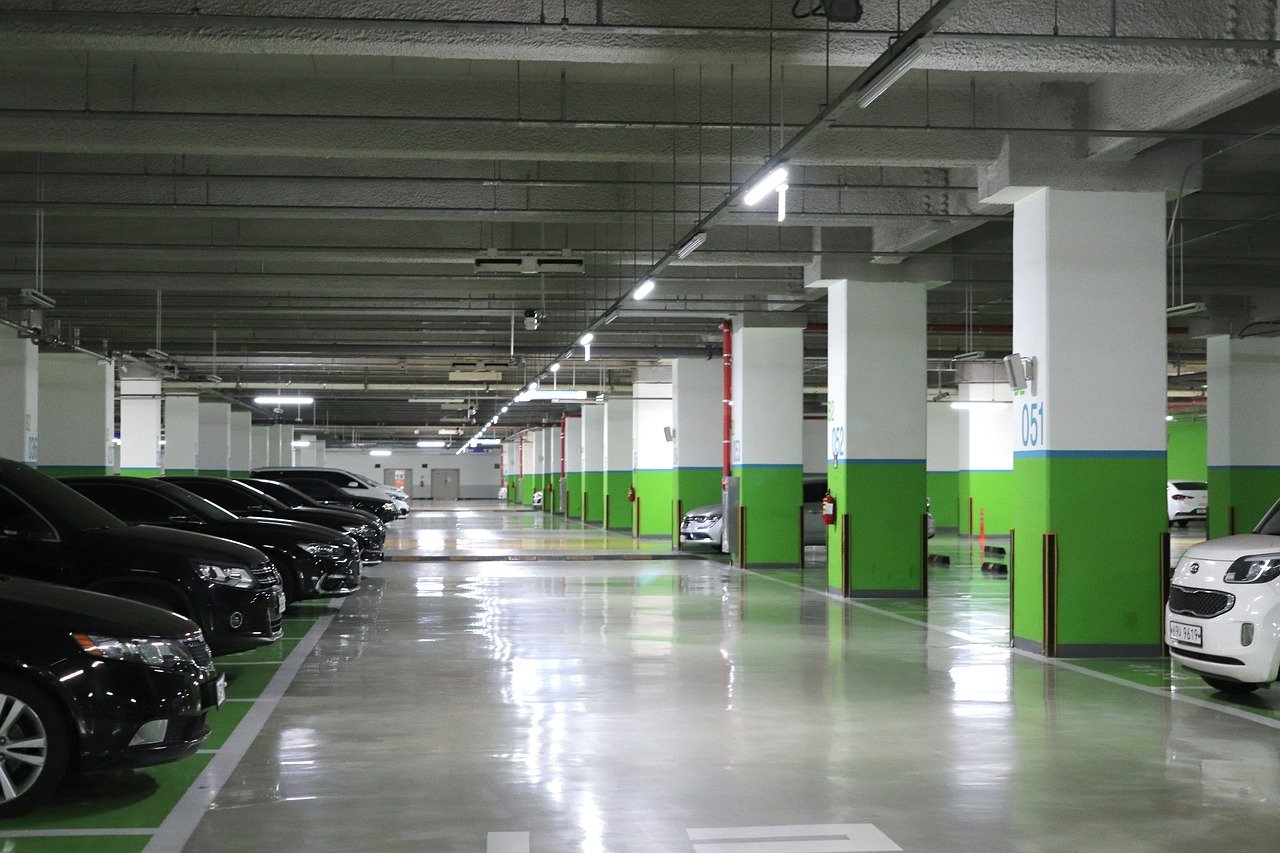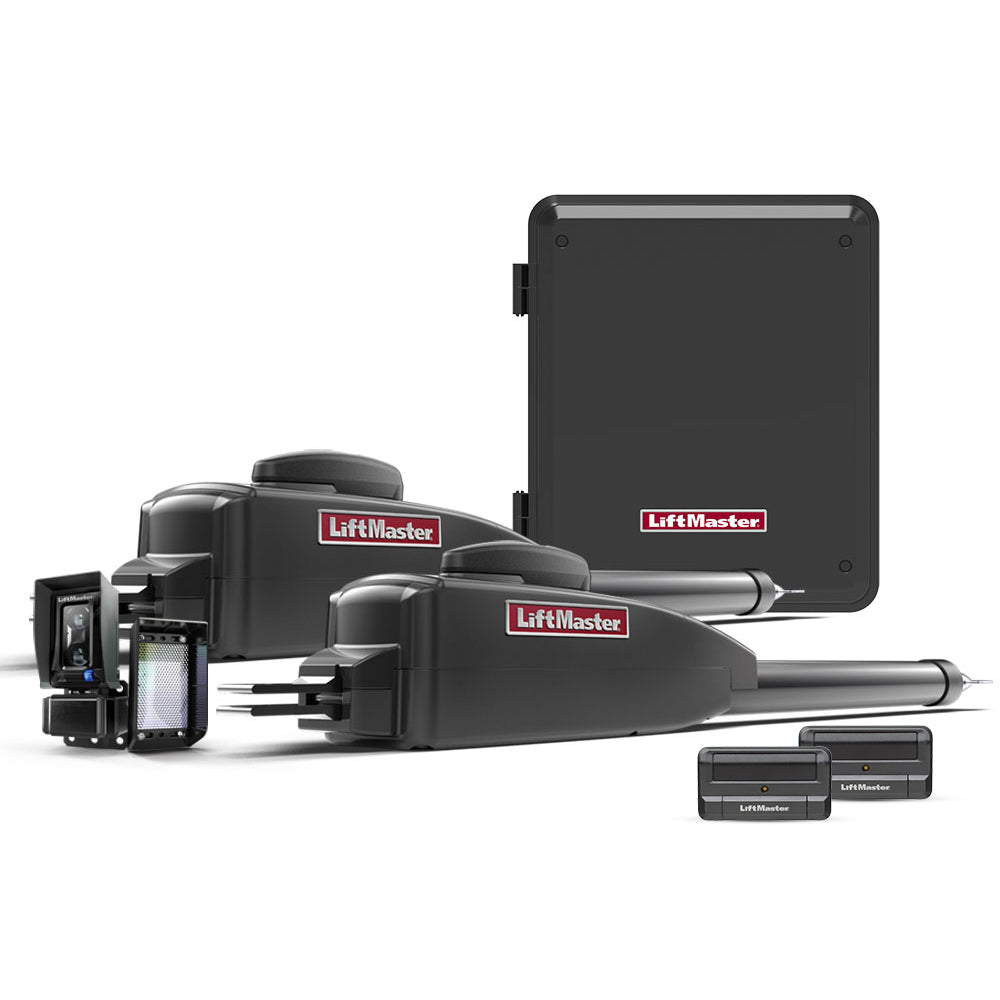Parking control systems and management are more complicated than they might seem. This is mostly because there are a lot of moving parts, such as the availability of space, traffic, and human interaction with the systems in place. Parking control can be a time-consuming task with many inefficiencies if not managed properly.
Using the right kind of parking management system correctly can help reduce some of these inefficiencies. Let's take a quick look at parking control systems and the kinds of planning considerations required to implement them.
What is a Parking Control System?
Simply put, a parking control system is an innovative technology that allows organizations or buildings to efficiently manage their parking spaces.
A robust parking control system should provide vital details such as available vacant slots as well as the time spent within the parking lot by each vehicle. These systems are designed to offer controlled parking solutions that allow for effortless parking experiences.
Components of an Efficient Parking Control System
Different parking management systems have different components depending on their uses and applications. There are four key components that every good parking management system needs. These include:
Payment Method
There is a myriad of options when it comes to payment methods. The preferred payment method for any parking management system should be determined by the users, the location, and the prevailing preferences.
For example, paid staff parking lots ideally shouldn't have the same kind of payment method as commercial parking lots. This is mostly because staff parking needs to be efficient and not another bottleneck in the organization.
For ease of use, employee parking can be processed digitally, while commercial options can be processed either manually or digitally. The bottom line is that the payment method should be as seamless as possible to improve parking efficiency.
Access Control
This is an essential part of parking management. Access control systems should be put in place to allow entry to cars with a confirmed parking ticket, booking, or a valid parking permit, while denying those that do not have either. The idea here is to ensure a seamless flow of traffic by only allowing the right number of vehicles into the parking lot at any given time. Otherwise, there could be pandemonium and unnecessary traffic.
Park Enforcement Options
Parking enforcement options include aspects such as ticket issuance, notification of available spots, lot numbering for effective navigation, and so on. With these kinds of options, the management of the available space will be more organized.
They allow users to easily locate the available lots or find alternative parking when there aren't any available parking spaces, as opposed to cruising around the parking lot hoping for something to open up and creating a traffic jam and disorganization in the process.

Reporting
Every parking management system needs a reporting aspect. This is what allows the operators or companies running the system to keep tabs and manage the facility properly. The reporting can take numerous forms, but it all comes down to:
- Vehicle entry and exit
- Availability of parking slots
- Time spent in the lot
Real-time reporting helps parking lot managers use a central digital hub to run their parking software and seamlessly manage their facilities.
Factors to Consider When Planning a Parking Control System
As you can imagine, there are many design considerations and issues that must be resolved when planning for a parking control system.
The parking facility as well as the associated management system, must meet some fundamental requirements, including functionality, safety, and aesthetic appeal. Let's take a quick look at some of the most important factors to consider when planning a parking control system.
Aesthetic Appeal
While this might not seem like the most critical aspect of a parking facility, the truth is that if people aren't attracted to the parking lot, they won't feel safe or compelled to visit the building. High-end establishments employ the same logic when they offer valet services. They know that solving the issue of parking for their customers (especially downtown) will make them feel more at ease with visiting the establishment.
Parking services, therefore, are less about cars and more about people. The parking lot is the very first thing people interact with when they visit a facility, and if they have a difficult time navigating that initial part, they are more likely to find alternative options that are less problematic.
Simply put, if the parking experience leaves something to be desired, people will have a difficult time returning to or frequenting the facility.
Functionality
If a parking control system doesn't offer functionality, it will cause more problems than it will solve. There are many different aspects when it comes to the functionality of a parking control system. These include:
- Easy access to the facility
- Systematic payment method
- Structural integrity (vehicles can navigate safely)
- The right parking space dimensions for specific vehicles
- Adequate lighting and ventilation
Safety and Security
Safety and security are major concerns when it comes to parking facilities. In many cases, these are huge, multi-story buildings that are often devoid of humans but full of cars. These kinds of spaces are ideal for predators, and people need to feel safe when they are walking to their cars alone at night.

Incorporating aspects of security and public safety into every parking control system is critical. Some of the most important safety and security measures to put in place include:
- Surveillance cameras that are monitored
- Adequate lighting
- Access control (only people with vehicles in the parking lot should be allowed access)
- Security guards, patrols, and an on duty parking enforcement officer
- Panic buttons, intercoms, and emergency contact information
- Security gates
- Effective directional signage and posted parking regulations
The right parking control system should not only be aesthetically pleasing if it's to attract users, but it should also be safe, secure, and functional to keep those users coming back. This calls for more than just buying the right kind of parking control system but also employing the right kind of people to manage it.












